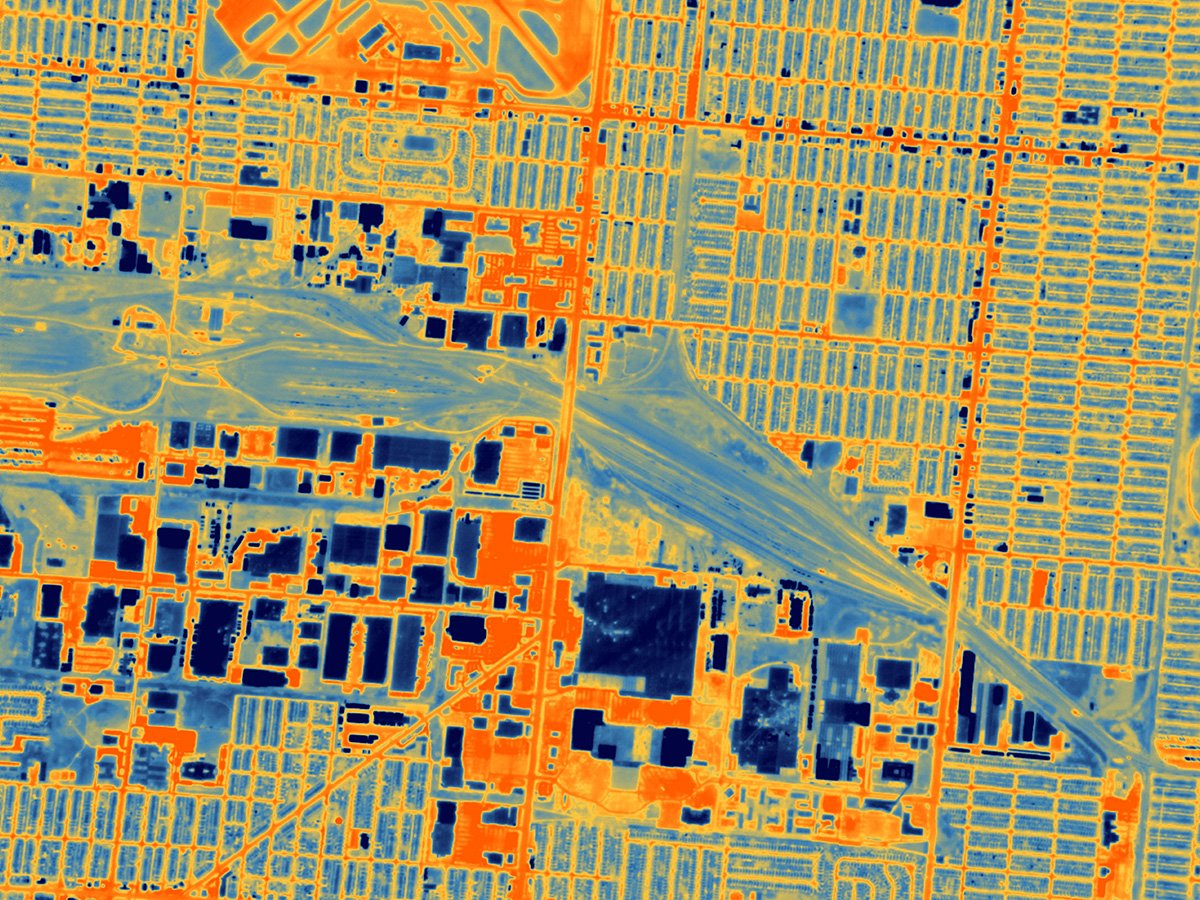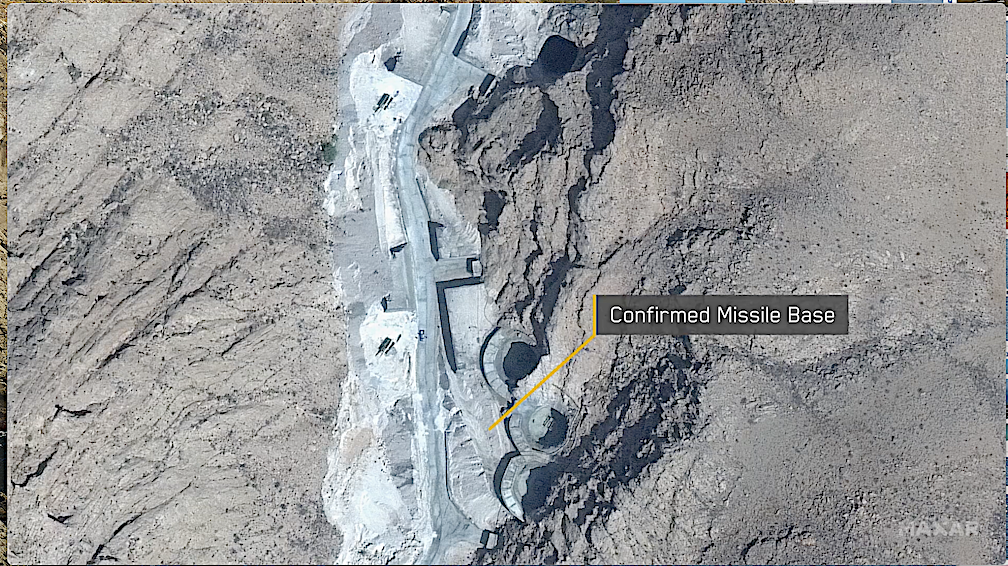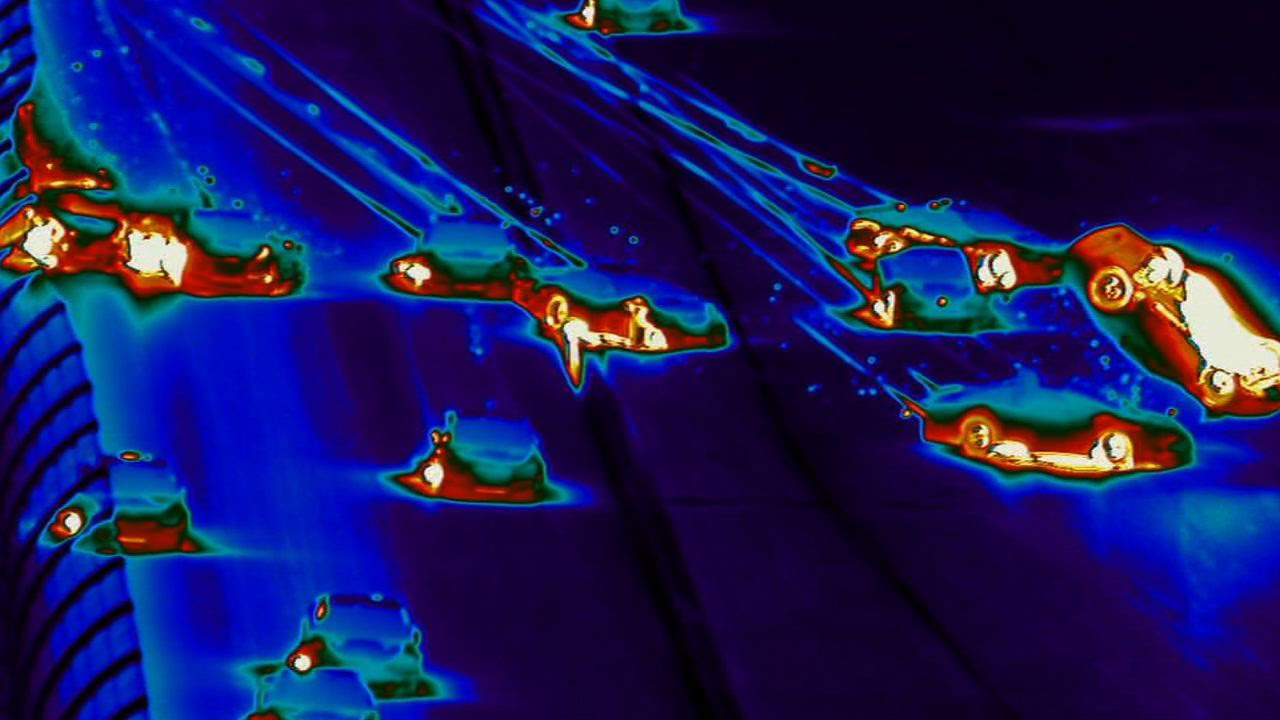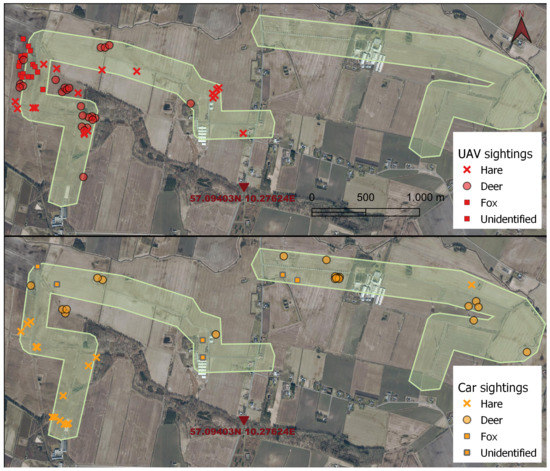Jason Rainbow May 15, 2024
SpaceX is under contract to launch HotSat-2 in the first half of next year and HotSat-3 in the second half, SatVu (formerly Satellite Vu) CEO Anthony Baker told SpaceNews May 15.
- Before suffering an anomaly that ended services in December, Baker said HotSat-1 was successfully serving customers such as Japan Space Imaging Corporation (JSI), a geospatial information provider for the civil, commercial, defense and intelligence markets.
- He said an investigation is ongoing into HotSat-1, designed to operate for five years in low Earth orbit and fully insured for an amount SatVu is not disclosing.
-----------------------------------------------------------------------------------------------------------------------------
How Counter-Drone Solutions Utilize Visual and Thermal Imaging

Keeping watch over our skies, the counter-drone industry utilizes a sharp eye with visual and thermal technologies. These technologies form the foundation of visual detection, seamlessly integrated into Sentrycs Integrated Counter Drone Solutions.
Drone detection through imaging refers to leveraging camera technology, both visible and thermal, to identify and track unmanned aerial vehicles (UAVs) in our airspace. This method is crucial in the counter-drone industry, offering visual confirmation for practical threat assessment and mitigation.
Visible cameras provide high-resolution imagery, which is particularly useful for daytime operations. They can capture precise details like the drone’s size, shape, and markings, enabling identification of authorized versus unauthorized craft. However, their effectiveness diminishes in low-light conditions or when obscured by fog, smoke, or camouflage. This is where thermal imaging steps in. Unlike visible cameras, it detects heat signatures emitted by objects, making it effective at night, in inclement weather, and even when drones attempt to hide. It helps differentiate drones from birds or other flying objects, providing valuable information for accurate threat assessment.
However, drone detection through imaging alone is not foolproof. Advanced drones can employ countermeasures like cloaking devices or altering thermal signatures. Additionally, image analysis can be computationally intensive, requiring powerful processing capabilities. Nonetheless, it remains a fundamental tool in the counter-drone arsenal, offering valuable visual data for situational awareness and initial threat identification.
Drone tracking and classification through imaging techniques
High-resolution visible cameras capture detailed images of drones, revealing features like size, shape, and markings. This allows for comparison with authorized drone databases, quickly flagging potential threats. Even primary color and shape recognition can be enough to differentiate benign hobby drones from larger, potentially malicious ones. Additionally, advanced image analysis algorithms can extract even more information, identifying specific drone models or manufacturers, further aiding in threat assessment.
Monitoring
Furthermore, image analysis requires significant computational power, potentially limiting its deployment in resource-constrained situations. Despite these limitations, imaging remains a cornerstone of drone classification and monitoring. Its ability to provide detailed visual data in real time is crucial for informed decision-making and effective counter-drone strategies.
Convergence of counter-drone technologies
The convergence of imaging techniques with other mechanisms creates a layered defense shield against unauthorized aerial incursions. Imagine a fortress with multiple lines of sight – that’s the power of this combined approach. Visible cameras provide high-resolution detail for initial identification, while thermal imaging pierces through darkness and camouflage, revealing hidden threats. But the picture doesn’t stop there.
Radar scans for movement, regardless of visibility, while radio frequency (RF) detection pinpoints the unique communication signals of drones, offering crucial tracking data. This multi-sensory approach paints a comprehensive picture, enabling operators to assess the nature and intent of the drone accurately.
Furthermore, the convergence doesn’t end at detection. High-powered lasers can neutralize drones based on precise thermal and visible imaging data, while GPS spoofing redirects them away from sensitive areas based on radar and RF information. This layered approach ensures the proper countermeasure is deployed for each threat, minimizing collateral damage and maximizing effectiveness.
However, the true strength of this convergence lies in its automation. AI algorithms analyze data from all sources in real time, triggering automated responses based on pre-defined protocols. This eliminates the need for human intervention, ensuring faster and more precise responses, especially in critical situations.
Conclusion
Whether you’re an individual, a business owner, or a security professional, there’s a counter-drone solution tailored to your specific needs.
Related posts
---
SpaceX launches Maxar’s first WorldView Legion imaging satellites
-----------------------------------------------------------------------------------------------------------------------------













No comments:
Post a Comment